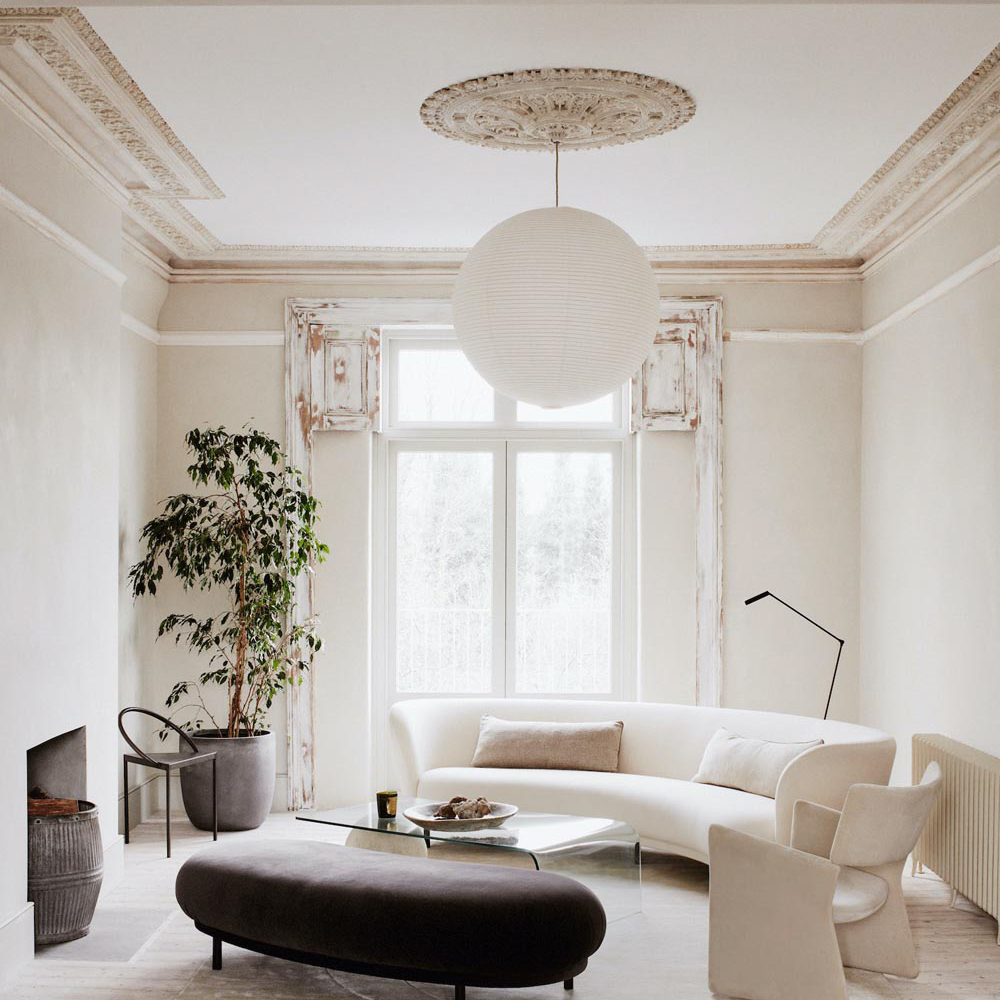Introduction
When it comes to exquisite craftsmanship, Isamu Noguchi’s name is sure to pop up. A multi-talented artist, Noguchi is known for his furniture designs, sculptures, and lightings. One of his most iconic creations is the Akari lamp, a series of lanterns made of washi paper and bamboo. The Akari lamp has been acclaimed for its minimalist appeal, organic shape, and soft light quality. With the rising demand for Isamu Noguchi lamps, many replicas have entered the market. In this article, we will explore the beauty of Isamu Noguchi lamp replica and how it compares to the original.
History of Isamu Noguchi lamps
Isamu Noguchi was a Japanese-American artist who lived from 1904 to 1988. He was born in Los Angeles but spent most of his childhood in Japan with his mother’s family. Noguchi showed an early interest in art and pursued formal training in sculpture and design. He was a student of prominent artists such as Gutzon Borglum, Constantin Brancusi, and Alexander Calder.
The Akari lamps were first introduced in 1951 at an exhibition in New York. The term “Akari” means “light” in Japanese, and the lamps were inspired by traditional paper lanterns used in Japanese homes. Noguchi collaborated with the craftsman in Gifu, Japan, to create the Akari series. The lamps were handmade from washi paper, a type of mulberry paper, and bamboo ribs. They were designed to be lightweight, flexible, and adaptable to various environments.
Features of Isamu Noguchi lamps
Isamu Noguchi lamps are renowned for their distinctive features, which include:
- Organic shape: The Akari lamps have a curvy, asymmetrical shape that resembles natural forms such as clouds, leaves, or insects. Noguchi wanted to create a sense of movement and fluidity in his lamps.
- Soft light quality: The washi paper material allows the light to diffuse evenly and create a warm, welcoming ambiance. Noguchi emphasized the importance of lighting in creating a harmonious living space.
- Minimalist appeal: The Akari lamps have a simple, unadorned design that highlights the beauty of the materials and form. Noguchi believed that less is more in terms of aesthetics.
- Versatile use: The Akari lamps can be used as floor lamps, table lamps, ceiling lamps, or wall lamps, depending on the model and size.
Isamu Noguchi lamp replica
With the increasing popularity of Isamu Noguchi lamps, many manufacturers have created replica versions of the Akari lamps. The replica lamps are usually made of similar materials, such as washi paper and bamboo, but may differ in design, quality, and price. Some of the factors to consider when choosing an Isamu Noguchi lamp replica are:
- Accuracy: The replica lamp should closely resemble the original lamp in terms of shape, size, and color. Any deviation from the original may compromise the aesthetic appeal and functionality of the lamp.
- Quality: The materials used in the replica lamp should be of high quality and sturdy enough to withstand wear and tear. The replica lamp should also have good workmanship and attention to detail.
- Price: The replica lamp should be affordable and value for money compared to the original lamp. While the replica lamp may not be as valuable as the original in terms of collectibility, it should still offer the same aesthetic pleasure and functionality.
Pros and cons of Isamu Noguchi lamp replica
Like any product, Isamu Noguchi lamp replica has its pros and cons. Here are some of the advantages and disadvantages of buying a replica lamp:
Pros:
- Affordability: The replica lamp is usually much cheaper than the original, making it accessible to a wider audience.
- Availability: The replica lamp is widely available in various online and offline stores, making it easy to purchase.
- Functionality: The replica lamp offers the same practical use as the original lamp, providing soft, comfortable lighting.
- Variety: The replica lamp comes in different sizes, shapes, and colors, allowing for more customization and flexibility in interior design.
Cons:
- Quality: The replica lamp may not be as durable or well-crafted as the original, resulting in a shorter lifespan and lower value.
- Aesthetics: The replica lamp may not capture the same artistic essence or organic beauty as the original, resulting in a less authentic or appealing look.
- Ethics: The replica lamp may raise questions about copyright infringement or intellectual property rights, especially if it copied the original design without permission.

